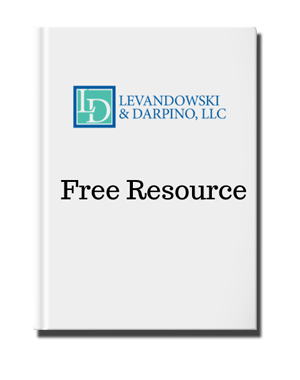When it comes to understanding the benefits you or a loved one may be eligible for as a veteran, it’s easy to get confused or get the wrong information.
Aid and Attendance is available to a veteran (or their surviving spouse) who is disabled and has the additional requirement of needing the assistance of another person in order to avoid the hazards of his or her daily environment (for example, the veteran needs someone to help him or her bathe, dress, and otherwise take care of himself or herself).
Below is a list of tests that an applicant may have to pass in order to receive their benefits.
Medical Needs Test
The applicant must have a medical need for assistance or supervision due to their disability. The applicant must be in need of the “aid and attendance of another person.” This must be proven through medical evidence. This is accomplished primarily by a doctor’s evaluation of the veteran or the surviving spouse. There is a specific form that must be filled out.
However, it is important that the form be reviewed by someone familiar with the Aid and Attendance program prior to submission to the VA because, if the applicant’s medical needs are not outlined properly, benefits can be denied. Contact Levandowski & Darpino for help.
The Income Test and Insider Tips
The household income of the veteran or the surviving spouse cannot exceed the “maximum allowable pension rate.” In plain English, this means gross monthly income cannot exceed the applicable monthly benefit amount. Unfortunately, when veterans find this out, they often conclude that their income is too high to be eligible for Aid and Attendance.
However, the insider secret that most veterans do not know is that they can reduce gross income by any unreimbursed medical expenses when determining whether they meet the income test. This includes in-home care or the cost of assisted living if the applicant is residing in an assisted living facility. Other common medical expenses are: Medicare premiums deducted from the veteran’s Social Security each month, Medicare supplemental insurance premiums and prescription drug insurance premiums.
The income test can be expressed as the following formula:
Gross Annual Household Income
Minus Unreimbursed Medical Expenses
Equals Income for Veterans Administration Purposes (“IVAP” in VA jargon)
Another insider secret is that payments made by the veteran or surviving spouse under a “personal care contract” can be considered an unreimbursed medical expense and deducted from gross income. A personal care contract is a contract between the veteran or surviving spouse and a family caregiver where the caregiver provides certain services in return for compensation.
Millions of Americans are currently caring for an elderly family member without receiving compensation. Most do not realize that the care they are providing is just as valuable and worthy of payment as care given by a for-hire service. The thought does not even enter their minds because they are providing the care out of love and affection and, often, while sacrificing their own needs because they have quit a job or reduced work hours to care for their loved one.
But the point of entering into the personal care contract is not for the caregiver to make money; the point is to create a “legal expense” where one did not exist before for the purpose of lowering countable income in order to be eligible for the Aid and Attendance benefit. Many of our clients to whom we recommend this strategy do not spend the money paid to them under the personal care contract; they hold it for the family member in case he or she should need it during the rest of his or her life.
The Asset Test
New VA regulations went into effect on October 18, 2018 which changed how the VA determines an applicant for Aid & Attendance to be “asset eligible.” In order for a person to be eligible under the asset test, their countable assets plus their annual income plus the assets and annual income of their spouse must not exceed $126, 420. Countable assets include everything except the primary residence, personal property (such as household contents) and vehicles used for transportation. In other words, countable assets include cash, savings and checking accounts, IRA’s, CD’s, cash value of life insurance, stocks, bonds, annuities, investment real estate, vacation homes, and all other forms of investment.
As part of the new regulations effective October 18, 2018, there is now a 3-year look back period for Aid & Attendance and penalties for transferring assets. As in the case of Medicaid, the penalty is a period of ineligibility for the benefit and such a period could be as long as 5 years.
A wartime veteran or their surviving spouse hoping to get Aid & Attendance in the near term or in the future should not transfer assets without receiving proper advice. Anyone who has transferred assets since October 18, 2018 should not submit an application to VA without proper advice. There is a limited time after submitting the application to “fix” previous transfers but, once the limited time period ends, the period of ineligibility is set in stone.
Many attorneys (even some Elder Law attorneys!) do not know about VA Aid and Attendance benefits. In addition, many attorneys may label themselves as Elder Law attorneys because they can prepare simple things such as Wills, but, unless they are working with seniors on both Medicaid and veterans benefits everyday, they are most likely not versed in the complicated and ever-changing maze of laws that surround these benefits. This is dangerous territory. You need a trustworthy guide [LINK to CONTACT US page] who has traveled this path before, and travels it on a regular basis.
Levandowski & Darpino
Latest posts by Levandowski & Darpino (see all)
- Medicaid Myths - February 7, 2020
 Elder Law & Estate Planning Attorneys
Elder Law & Estate Planning Attorneys






